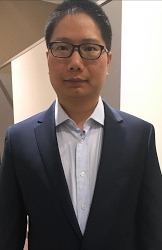Cited By
View all- Hao SShi XLiu H(2024)Exploring the Potential of Pre-Trained Language Models of Code for Automated Program RepairElectronics10.3390/electronics1307120013:7(1200)Online publication date: 25-Mar-2024
- Cao HHan DChu YTian FWang YLiu YJia JGe H(2024)Multi-mechanism neural machine translation framework for automatic program repairJournal of Intelligent & Fuzzy Systems10.3233/JIFS-23403746:4(7859-7873)Online publication date: 18-Apr-2024
- Huang KXu ZYang SSun HLi XYan ZZhang Y(2024)Evolving Paradigms in Automated Program Repair: Taxonomy, Challenges, and OpportunitiesACM Computing Surveys10.1145/369645057:2(1-43)Online publication date: 10-Oct-2024
- Show More Cited By


